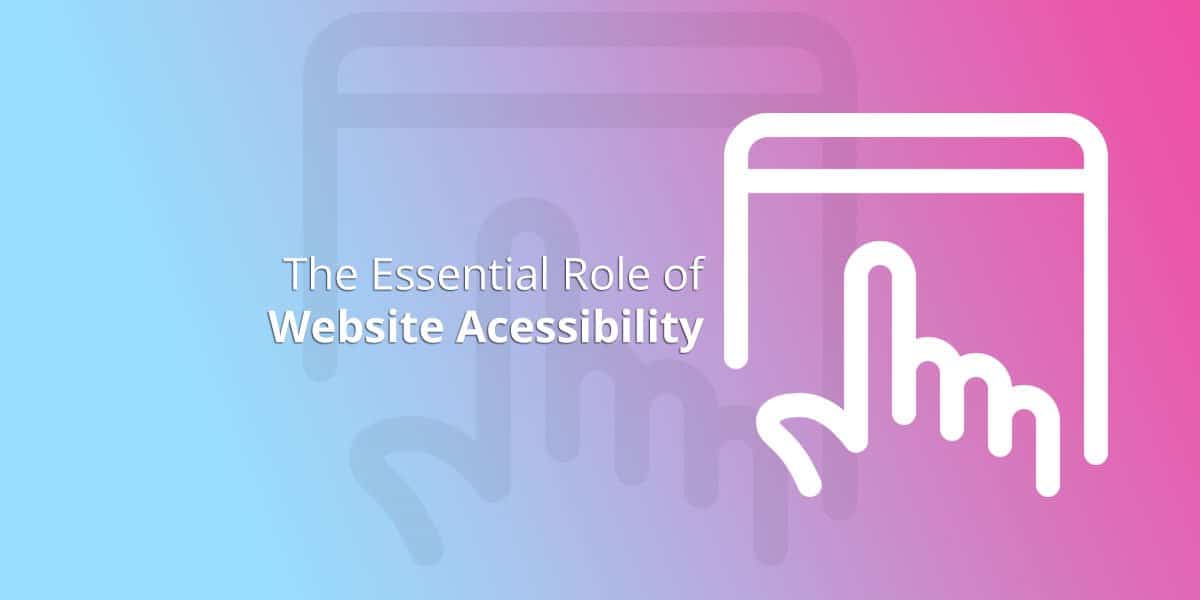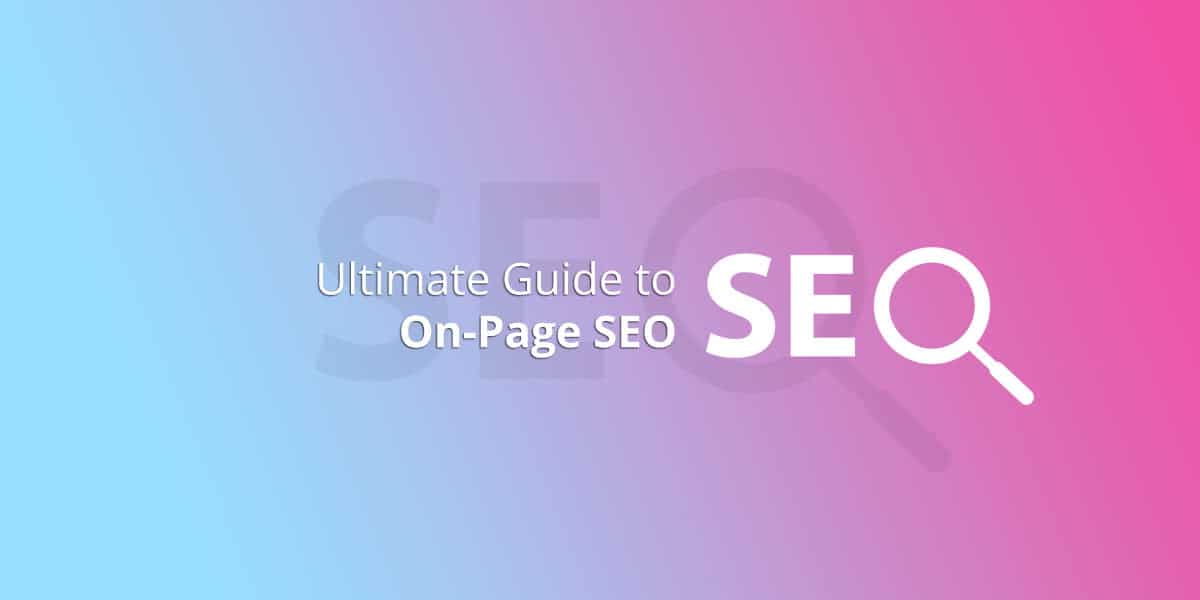 Embracing web accessibility is vital in modern web design, as it ensures that websites can be easily used by people with disabilities, which opens up opportunities to reach a wider audience. By focusing on creating inclusive designs, all users, regardless of their abilities, can access web content equally. Incorporating accessibility into web design improves user experience and caters to a variety of needs, such as cognitive, visual, and motor impairments, allowing digital content to be understood by more people. Following accessibility standards like the WCAG guidelines, established by the World Wide Web Consortium, is crucial in enabling all users, including those with disabilities, to effectively navigate and engage with websites.
Embracing web accessibility is vital in modern web design, as it ensures that websites can be easily used by people with disabilities, which opens up opportunities to reach a wider audience. By focusing on creating inclusive designs, all users, regardless of their abilities, can access web content equally. Incorporating accessibility into web design improves user experience and caters to a variety of needs, such as cognitive, visual, and motor impairments, allowing digital content to be understood by more people. Following accessibility standards like the WCAG guidelines, established by the World Wide Web Consortium, is crucial in enabling all users, including those with disabilities, to effectively navigate and engage with websites.
https://www.w3.org/WAI/fundamentals/accessibility-intro/
Understanding Web Accessibility
Web accessibility refers to the practice of creating websites that can be accessed and used by people with disabilities. It involves incorporating accessibility features such as keyboard navigation, text alternatives for images, and captions for multimedia content. Accessibility allows users with visual impairments, for example, to navigate websites using screen readers, enhancing the experience for everyone. By creating accessible web content, designers ensure that all users, including those with various disabilities, can access information and services online, making digital content able to be understood by a wider audience.
Importance of Accessibility in Web Design
Accessibility is important because it ensures that all users can access and use a website effectively. By incorporating accessibility and usability best practices, designers can address accessibility issues and prevent violations. Ensuring accessibility not only benefits users with disabilities but also improves search engine optimization and overall user satisfaction.
Role of Accessibility in Creating Accessible Websites
Accessibility plays a crucial role in creating accessible websites that meet the needs of individuals with disabilities. By adhering to accessibility guidelines such as those set by the W3C through the Web Accessibility Initiative, designers can create web content that is inclusive and user-friendly. Incorporating accessibility into web design practices is essential for ensuring that electronic and web content is accessible to all users, regardless of their abilities.
WCAG Guidelines for Website Accessibility
The Web Content Accessibility Guidelines (WCAG) provide standards for web accessibility and are widely recognized for ensuring websites are accessible to people with disabilities. By following the WCAG guidelines, designers can create websites that are accessible and usable for all users, thereby enhancing the overall user experience and inclusivity of online platforms.
Implementing Web Accessibility in Modern Design
Designing accessible websites for everyone involves creating online platforms that can be accessed and used by individuals with disabilities. By incorporating features such as keyboard navigation and text alternatives for images, designers ensure that users with impairments have equal access to web content. Accessibility in web design aims to provide an inclusive experience for everyone, catering to diverse needs like cognitive, visual, and motor impairments. The goal is to make websites user-friendly and navigable for all individuals, regardless of their abilities.
Incorporating Accessibility Into Web Design Practices
 Incorporating accessibility into web design practices is essential for ensuring that electronic and web content is accessible to all users. By following standards like the WCAG guidelines set by the W3C, designers can create websites that are inclusive and user-friendly. This approach not only enhances the overall user experience but also ensures that individuals with disabilities can effectively navigate and interact with online platforms.
Incorporating accessibility into web design practices is essential for ensuring that electronic and web content is accessible to all users. By following standards like the WCAG guidelines set by the W3C, designers can create websites that are inclusive and user-friendly. This approach not only enhances the overall user experience but also ensures that individuals with disabilities can effectively navigate and interact with online platforms.
Benefits of Making Websites Accessible to Everyone
Ensuring that websites are accessible to everyone brings numerous benefits. It not only caters to users with disabilities but also improves search engine optimization, overall user satisfaction, and ensures a broader audience can navigate the website. Making websites accessible means that all users can access information and services online, creating a more inclusive online environment for everyone.
Key Considerations for Website Accessibility
Web accessibility focuses on creating inclusive design elements that cater to individuals with disabilities, ensuring that websites are usable by a diverse range of users. Incorporating accessibility in web development involves implementing features such as keyboard navigation, alt text for images, and captions for multimedia content to enhance user interface and digital content accessibility. These design elements aim to provide equal access to web content, regardless of users’ abilities or impairments. By prioritizing accessible design elements, developers enhance the overall user experience and make online platforms more navigable for everyone.
Challenges and Solutions in Web Accessibility
One of the challenges in web accessibility is ensuring compliance with accessibility standards such as the WCAG guidelines. Developers must address accessibility issues and prevent violations to create an inclusive online environment. Solutions include integrating assistive technologies and adhering to best practices in web design to enhance accessibility, usability for all users, and ensure a better user interface.
Ensuring Web Accessibility Compliance for All Users
Compliance with web accessibility standards, to avoid non-compliance, is crucial to ensure that websites are accessible to people with disabilities, encompassing over 1 billion people worldwide. By adhering to guidelines provided by organizations like the W3C’s Web Accessibility Initiative, developers can create web content that is inclusive and user-friendly. Prioritizing accessibility allows for equal access to electronic and web content, catering to the needs of individuals with various impairments and disabilities.







